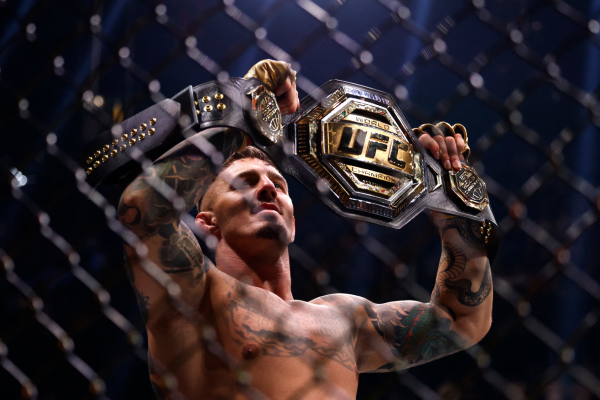MMA and strategy: How fighters adjust their game plan per opponent

In MMA, brute strength is only one piece of the puzzle. Fighters who dominate the octagon do so not just with muscle mass, but with brains. Strategy makes the difference between surviving and dominating. Those who execute their plan well control the pace, read their opponent, and strike at the perfect moment. That’s no coincidence. That’s tactics. According to Evolve MMA, ‘fight IQ’—the ability to make tactical decisions—is what separates champions from fighters.
What Does Strategy Mean During an MMA Fight?
Strategy in MMA means thinking ahead. Every fight starts with an analysis: who is your opponent, what are their weaknesses, where are your opportunities? Good fighters don’t just show up to fight—they come with a plan. That plan dictates how they start, where they apply pressure, when they rest, and when they strike. Apex MMA highlights the importance of a thoughtful approach and adapting strategies to the unique traits of each opponent.
The Art of Adapting to Your Opponent

One style doesn’t work against everyone. Against a striker, you keep moving; against a wrestler, you maintain distance or go to the ground early. Top fighters switch strategies when needed. They read their opponent and react—sometimes even during the first round. Think of the big names: they win not by brute force but with flexibility and vision. As Supersoldier Project puts it: fighters who can ‘level change’ and adapt their approach live have a tactical advantage.
Examples of Top-Level Strategy
Take Georges St-Pierre: he turned strategy into an art form. He fought differently against every opponent. Or look at Conor McGregor’s timing against José Aldo—a brilliant counter based on behavior he studied beforehand. Israel Adesanya’s fight against Costa? Pure strategy: control, distance, and precision. GQ Sports wrote an in-depth profile on Adesanya’s ability to mentally and tactically dominate fights.
What’s Better: Adapting or Pushing Your Own Style?
Some fighters stay loyal to their style—always pressure, always forward. Others switch depending on the opponent. There’s no absolute truth, but statistics don’t lie: those who can adapt survive longer at the top level. Sticking to your strengths is good—but adapting makes you unpredictable. And unpredictability is deadly in the ring. RDX Sports discusses how evolving strategies is essential for success in modern MMA.

The Mental Side of Strategy
Strategic fighting demands mental calm. Panic and emotion are enemies of the plan. The best fighters stay calm, even when things look bleak. They trust their preparation. Strategy rarely fails—people fail when they deviate from the plan. Discipline is key. Flow Mental Training emphasizes the importance of mental coaching to overcome panic and stay strategic under pressure.
 Nederlands
Nederlands English
English Deutsch
Deutsch Français
Français


Goed stuk! Denken jullie dat het beter is om altijd je eigen stijl te blijven spelen of moet je je juist aanpassen per tegenstander?
Leave a comment